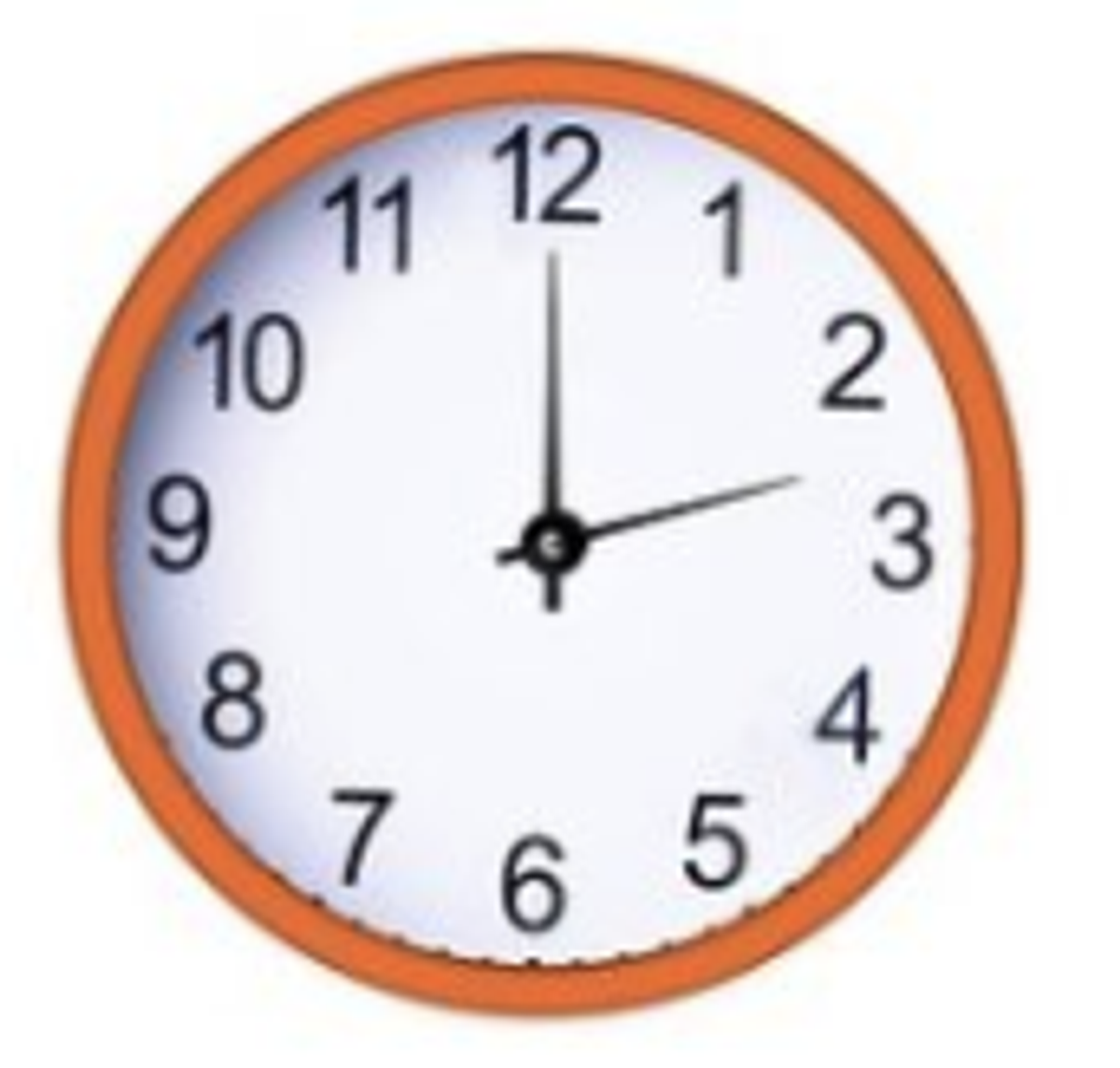Mathematics News
Ms Nellie Girgenti
Coordinator

Mathematics News
Ms Nellie Girgenti
Coordinator


Dear parents,
Learning to tell time is an important milestone in your child’s education. It's a challenging skill that can take time to fully develop and reflects their growth and understanding of the world around them. You can support your child’s learning at home by introducing the concept of time at an early age. Understanding time helps children feel more confident with daily and weekly routines, making transitions throughout the day smoother and encouraging cooperation.
From a young age, children start absorbing ideas about time by hearing us talk about it and seeing how we use it in daily routines. Although time is an abstract concept that takes years to fully understand, kids develop a basic awareness early on. As they grow, you can support this learning by showing how time relates to real-life situations they experience every day.


Time duration- explaining that brushing teeth takes two minutes (you could even set a timer and they can watch the minutes count down as they brush).
While it will vary, children are generally ready to begin learning about how to tell the hour on an analogue clock and a digital clock at around 5-6 years old.
Most children will be in school where a teacher will guide them through the process of learning how to tell the time accurately on a clock. Parents can prepare kids and help them practice these skills at home. As children learn best through play and real-life applications, finding games, songs and rhymes about time and situations where they can apply their time knowledge can help. Incorporating play with analogue clocks helps children familiarise themselves with how clocks work and the concept that time is constantly moving (ideally a clock with a second hand that ticks so they can see/hear it) You can also make clocks out of paper plates: draw on the numbers, let your child choose the time and then draw the clock hands-on so they can see what it looks like.
Begin teaching by using your child’s daily routine as an example, by making a timeline of their day. Divide the day into hours, and draw pictures of what happens at each hour of the day. Next, you can print out or draw a clock above each time slot so they can get a visual representation of what the hours look like on a clock face and how that relates to different times of the day.
I hope that these ideas will help you to make learning about time enjoyable and practical for your child. Remember, children learn at their own pace and different ages, so go slowly and keep it relaxed.
Kind regards,
Ms Nellie Girgenti
Coordinator and Year 4 teacher